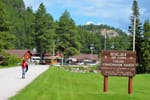Millions of American schoolchildren, including tens of thousands in South Dakota, are suffering a loss of learning and reduced exposure to instructional rigor now that schools across the country have closed because of the COVID-19 pandemic.
Despite the best efforts of administrators, teachers and parents to engage in remote learning with students, the mass closures of school buildings across the country will undoubtedly lead to an educational gap for many children, with consistent research showing that elementary students, low-income students and those with special educational needs likely to face the biggest drops.
Administrators in South Dakota’s two largest districts — in Sioux Falls and Rapid City — acknowledge that a significant percentage of students and their parents have not yet been contacted by teachers or administrators since schools closed in mid-March.
Public and private K-12 schools began closing across the country in March as concern grew over potential spreading of the coronavirus.
As of mid-April, South Dakota and more than two dozen other states had decided schools would not reopen again during the spring semester. National experts and state and local educators acknowledge that remote learning, either by computer or through paper take-home packets, will not be as effective as in-class learning.
“There is recognition that flex learning opportunities are not necessarily offering the same quality as traditional, face-to-face instruction,” Mary Stadick Smith, deputy secretary of education in South Dakota, wrote to News Watch in an email. “Certainly, there are teachers and students who are proficient and can excel in an online environment, but for many teachers and students, this is a new world.”
Stadick Smith said the state has urged school districts to focus on “essential” learning during the school closures. She said academic standards for the state’s roughly 136,000 public school students remain in place, though the state will not administer annual assessments for English, math or science and has waived its requirement that districts report student attendance levels to the state.
South Dakota Gov. Kristi Noem urged the temporary closure of public schools in mid-March, and then on April 6 announced that the state’s 670 public schools would not reopen for the rest of the school year and that all teaching would occur remotely. The 80 or so private school systems in South Dakota, with about 15,500 students, have also followed suit.
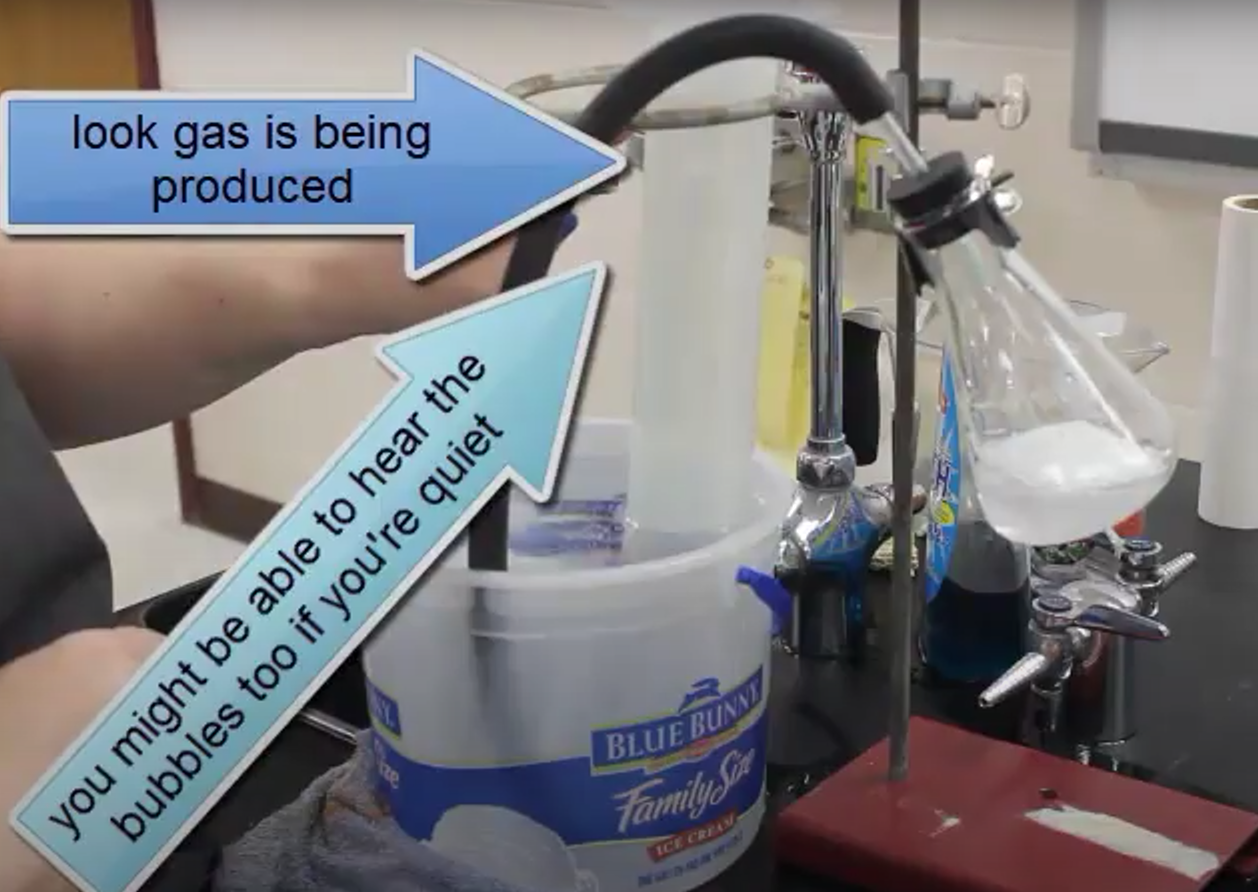
Concerns over learning loss and online absenteeism are plaguing school districts across the country, potentially affecting learning for millions of young Americans.
The pandemic is also upending education on a global scale: According to an April 3 announcement by UNESCO, at least 35 countries around the world had canceled school because of the virus, affecting nearly 300 million students.
The Los Angeles Unified School District, the second-largest public school system in the U.S., with about 750,000 students, reported in April that a third of students were not logging in to online learning platforms and that 13% of students had not had any online contact with a teacher nearly a month after schools closed.
Among other potential setbacks, the nationwide school closures could significantly exacerbate the “summer learning loss” or “summer slide” that typically occurs in the time between when students depart schools for the summer break to when they return in the fall.
Duke University education professor Harris Cooper, one of the nation’s foremost experts on the summer learning slide, said the learning losses will result from students spending nearly double the amount of time away from the classroom this year in comparison with a typical 10-week summer break.
“I can’t imagine it’s going to do anything other than slow down learning; they’re just not going to get the material as well or hold onto it as long,” Cooper said.
Cooper was the lead author on a groundbreaking 1996 study that confirmed that children suffer a loss of learning during the summer break, and that the level of loss differs by school subject, student age and family income level.
Cooper and his team reviewed 39 other studies in a process called meta-analysis and found that the summer loss was equal to about one month of grade-level leaning that took place during the school year — meaning that student scores on standardized tests were noticeably lower at the start of the fall semester than when students left school in the spring.
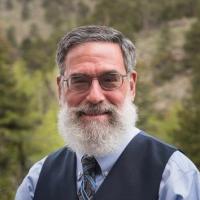
“I can’t imagine it’s going to do anything other than slow down learning; they’re just not going to get the material as well or hold onto it as long." -- Duke University professor Harris Cooper
The analysis also found that summer loss was more detrimental to math skills across all student age groups and populations, and that low-income children also suffered a loss of reading skills. The analysis found that subjects in which learning is more procedural, such as spelling and math, in which new skills are built on previous knowledge, were more susceptible to sliding over the summer break.
The study also showed that low-income students, who may have less parental involvement in their education and fewer educational and reading materials at home, were more susceptible to summer learning loss. According to the state, about 36% of South Dakota public school students receive free or reduced-price lunches, a commonly used indicator of poverty status.
Losing classroom instruction time was more detrimental to younger students, who are still developing the skills needed to do well in school now and in the future, the study found.
“Those differences in the earliest grades may have the greatest impact on a child’s academic trajectory,” Cooper said. “It puts kids on a different track.”
The school closures during the pandemic may have an unknowable level of learning loss because they have created the potential for an unprecedented double-whammy of negative outcomes.
“There’s two kinds of loss here — there are some things they are going to forget and there’s some things they won’t ever get exposed to,” Cooper said.
Educators say the extended lapse in classroom learning could also increase the educational gap between high-achieving students, especially those who are highly motivated and who benefit from strong parental involvement, and students who struggle with learning for any reason.
“The criticalness of parent involvement has certainly increased,” said Valerie Seales, director of teaching, learning and innovation in Rapid City.
Keeping students engaged a challenge
Beyond the potential for extended learning loss, the other major concern during the pandemic is whether students are tuned in while learning from home and whether efforts by school districts and teachers to engage with students are effective.
Accurately monitoring student engagement and tracking online absenteeism has been difficult for school districts across the country, including in South Dakota, where administrators and teachers had to scramble just to develop any form of remote learning platform and lesson plans when the pandemic hit.
Most districts are relying on teachers to make sure all families with students were contacted in regard to education and to monitor whether individual students are staying engaged. While teachers try to stay in touch with students, there is little they can do to guarantee students are not playing video games, watching television or just hanging around during daytime periods they would otherwise be in class.
As of mid-April, the Rapid City Area Schools had no engagement-tracking mechanisms in place but hoped to launch a system soon, district spokeswoman Katy Urban said.
In Sioux Falls, officials say that 87% of students were considered to be engaged in schooling as of early April, with 82% being reached by teachers through online formats such as Zoom and Google Classroom or by I-phone, and 5% through paper packets that must be picked up daily or weekly by parents, according to Doug Morrison, director of research, innovation and accountability for the district.
Morrison said he does not expect that students will suffer long-range learning setbacks from the school closures. He said the educational process for children occurs along a continuum in which teachers are constantly assessing student achievement, adjusting teaching methods to reach students as best they can, and then helping those who have fallen behind to catch up.
“We have these kids for 13 years, and we got three quarters of the school year in,” he said. “Certainly there is some learning that will be missed or be delivered in a different way in the last two months, but I wouldn’t necessarily say the sky is falling. Is it ideal? No, but I look at the positives from my perspective.”
Morrison said teachers in the district have been heroic in their efforts to create new remote lesson plans from scratch, stay engaged with students on a daily basis and find innovative ways to communicate with students and help them learn in a crisis. Some students, particularly at the high school level, were already adept at learning online, and teachers at all levels may be mastering new skills to use technology to reach students.
“I have no doubt we’ll see some slide, but I don’t think it’s going to have a significant long-term impact,” Morrison said. “If you look at it, 87% of our kids are actively learning in this environment, either online or in paper packets or whatever, and that’s really phenomenal if you think about it.”
Morrison said the number of students who are not fully engaged in learning and the 3% who have not been reached at all by the district are in line with chronic absenteeism rates during a normal school year.
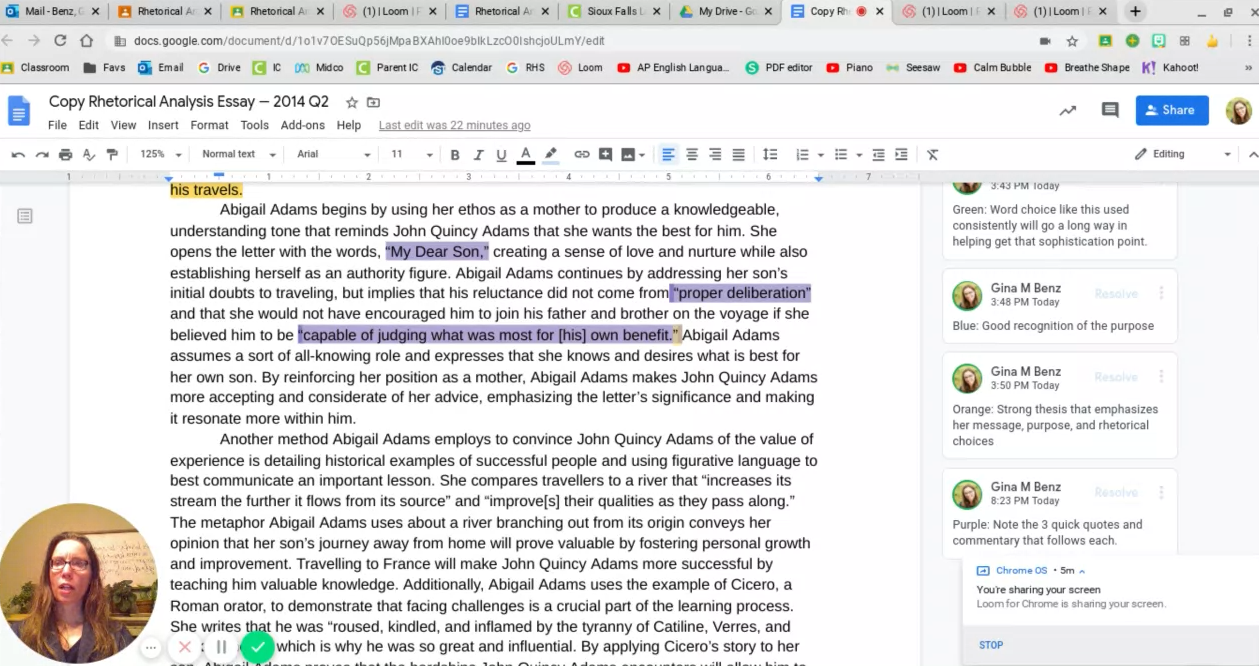
But the 87% engagement figure reported by the district doesn’t provide a full picture of the effectiveness of teaching and learning during the pandemic, said Tony Martinet, president of the Sioux Falls Education Association, which represents about 800 teachers.
Martinet said the district is using a “relaxed” definition of engagement during the school closures, one that may not reflect the difficulty students have in learning from home and the challenges teachers have in working remotely with students.
“Their standard for engagement has had to be modified at the current time,” he said. “It means that when students are presented with learning opportunities, that they are trying. They’ve relaxed it a little bit, so for a student to be engaged, are they logging on, or connecting in some way, or turning some work in? It’s not that they’re completing every part of the process, but that they’re engaged in some element of that.”
Martinet said teachers feel that the district has given them a good framework for remote teaching while also allowing for adaptation and innovation. He said he is most concerned that the current learning environment has worsened long-standing inequities in education related to income, family situation or language ability.
For example, he said, remote learning could be difficult for families in which parents work in essential fields and must leave the home each day, sometimes making older children responsible for the care and education of their younger siblings.
“Some of the frustrations are around equity issues; are we giving the same opportunities to all students?” he said.
Families that did not have computers or online access were provided devices by the school district, and some internet providers around the state have given free service to families.
The Sioux Falls district and its teachers have gone to great lenghts to reach students who may be more vulnerable to learning loss during the pandemic, said Teresa Boysen, assistant superintendent of academic achievement.
Boysen referred to teachers as the “rock stars” of the district, and said many are working to find unique ways to teach students who need extra help. Some are teaching science without using in-class experiments, while others are seeking ways to improve students’ reading skills through online programming.
Boysen said teachers are aware that it may take extra effort to reach lower-income students and those whose primary language is not English, which includes about 2,800 of the district’s roughly 25,000 students. She acknowledged that in some cases, remote learning will not be as effective as in-class, more personalized instruction.
“How do you do a cooking class or a science experiment when you don’t have those things at home?” she said. “And when we think about the lack of access to that second language, they aren’t having that practice like they were because there’s nine weeks’ loss of daily instruction and just being around that language.”
Rural school districts in South Dakota are facing some of the same challenges as more urban districts, but their transition to remote learning may have gone more smoothly in some respects, said Chip Sundberg, superintendent of schools in Gettysburg in Potter County.
Parents of all of the 231 students in the district have been contacted, so all students are in communication with their teachers, Sundberg said. A survey right after the school closure found that only five families did not have internet access, so after making some arrangements for service, engaging with students online has been efficient, he said.
The district also does not have a great need to teach English as a second language, and while poverty is present in the district — 27% of students receive free or reduced-price lunches — income issues have not presented serious challenges, Sundberg said.
Still, remote learning creates a gap in the ability of teachers to reach rural students who have learning challenges or who may not have strong educational support at home.
“We typically see our kids seven hours out of the day, so we can see when they’re not getting what is happening with the learning, and we’ve got kids that are in home situations that aren’t the best for anybody,” he said. “We’re missing those opportunities to have those conversations with the kids that are struggling.”
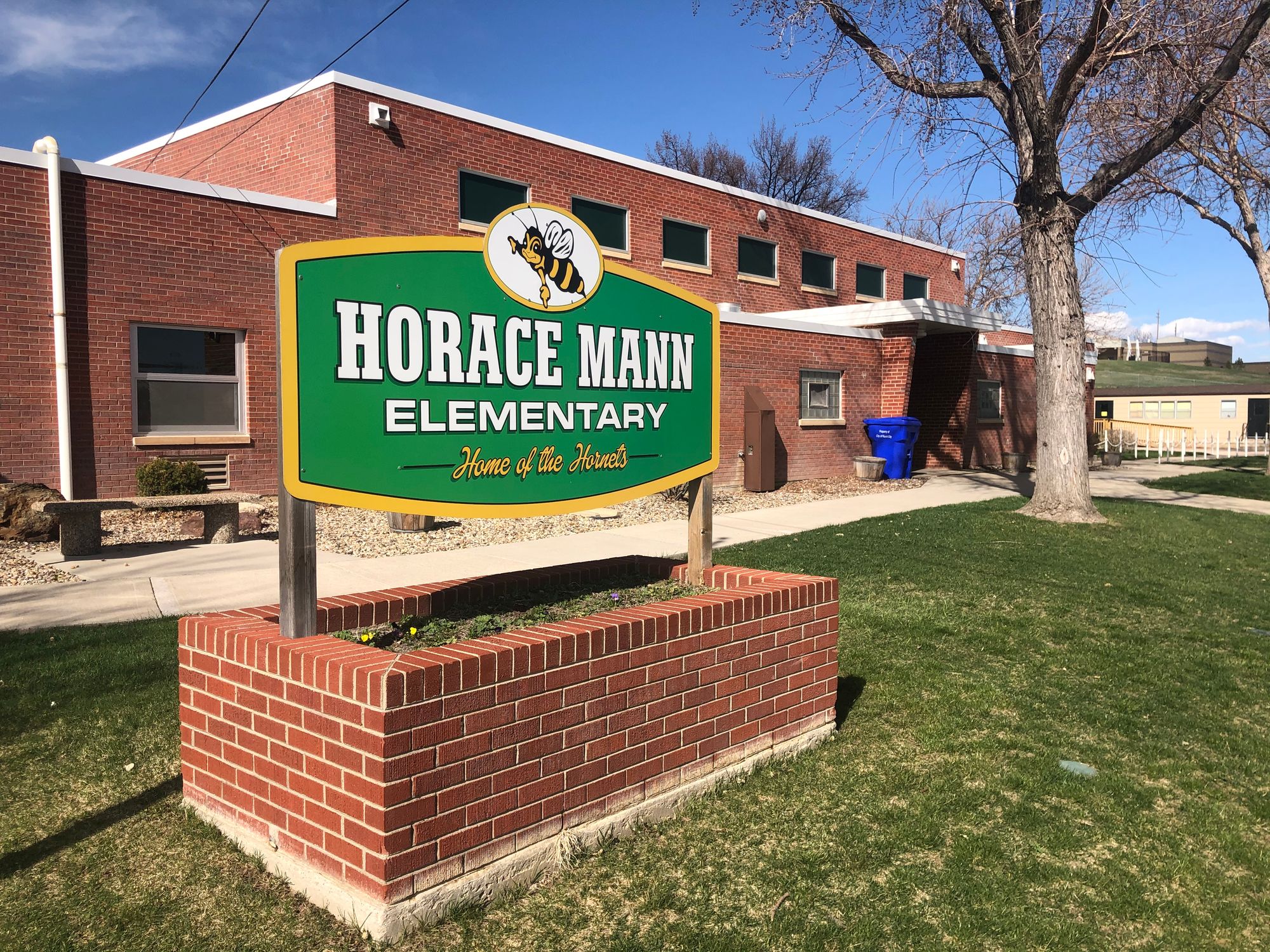
Coming back from a crisis
The focus on teaching only “essential” topics and standards will certainly diminish some of the intangibles that come from learning in a classroom, said Seales, the Rapid City administrator.
“There are students that may end the school year right where they would have had they been in school, self-motivated, self-directed learners who are probably faring better than those students who needed more interaction with their teachers face to face,” she said.
Rapid City, which is home to a handful of high-poverty schools, has faced challenges in equipping all families with computers and internet access.
Furthermore, parents with children of varying ages are finding it difficult to juggle the different types of remote learning that are occurring at different grade levels, said Seales.
“If you’re a parent that has multiple students with multiple teachers, it can be pretty overwhelming,” she said.
School districts have long been aware of the potential for summer learning loss and have tried to minimize its impact, both through summer-school programs and through assessments and teaching adjustments made at the start of the next school year.
She said teachers are aware remediation may be needed when students return to school after the pandemic eases, hopefully by the fall.
“Certainly, I think we’re all going to have to bear in mind when we start the next school year the loss of these nine weeks. It isn’t going to leave our students in the same starting point had this not occurred,” she said. “The typical transition into the school year, and the startup where you take the time to try to establish the classroom environment and meet the social and emotional sides of student needs, I think that’s going to look different in the next year due to the monumental amount of time that we’ve been out.”
Trying to remotely teach elementary-age children in an urban neighborhood has been both challenging and rewarding, said Kirk Zeeck, principal of Anne Sullivan Elementary School in Sioux Falls.
Opening and maintaining strong lines of reciprocal communication with parents and students has been the biggest educational challenge for teachers so far, especially with students whose first language is not English, Zeeck said.
His school has about 600 children who speak about two dozen different languages; about 75% of students receive free or reduced-price lunches. In addition to teaching those children remotely, Zeeck and his staff are also responsible for providing daily breakfasts and lunches to those who arrive at a drive-up distribution point (meals are also provided to community members who show up).
Reaching students with learning challenges or disabilities has been difficult for his staff, Zeeck said. For example, a school reading specialist who has a caseload of 30 to 40 students has been able to reach only about 15 to 20 of those students regularly, he said.
But most teachers have had success connecting with students; he said teachers with a classroom of about 25 children have typically stayed in communication with about 20 of those students.
Zeeck said students aren’t learning every minute or hour they are at school, so teachers and parents are considering that when creating and executing lesson plans. He added that stresses at home during the pandemic can also create barriers to learning. As a result, he said, teachers are encouraging parents and students to put in two good hours of learning time at home each day.
“You can’t replicate the instruction in the classroom, that’s for sure, but we’re doing our best,” he said.
Zeeck said he has seen unexpected benefits from the pandemic in that teachers are able to better assess what works and what doesn’t, to expand their creativity and to value more deeply their ability to provide students with a well-rounded education.
“However devastating, this is for teachers a wonderful opportunity to boost your creativity and go into the most incredible creative learning opportunity of all time,” he said.
Some teachers are videotaping themselves conducting lessons, while some parents take pictures of their child’s homework and text or email it to teachers to maintain a strong connection and accountability.
Parents and children, he said, are also using the time in isolation to better understand the value of education and what it means to their futures.
“If you look for a silver lining, this step back, this staying at home, it’s given them a chance to think, ‘What do I, as a third-grader or fifth-grader, what do I really want to do with my life, how can I be a good citizen in our community?’”
Sioux Falls school officials said they will not hold students back a grade solely due to remote learning and will generally allow students to maintain the class grades they had when schools closed.
Stadick Smith said the state and school districts will work together to catch students up when things return to normal and that individual districts may seek solutions that are unique to their schools and populations.
“School leaders and we here at the state are starting to have conversations about the expected learning loss and the best ways to address it when the appropriate times comes,” she wrote.
Cooper, the Duke researcher, said school districts should consider drastic steps to help students catch up, including delaying student promotions to the next grade until a couple of months after school resumes. He also suggested the upcoming school year could be extended by 30 days or more to provide additional instruction time to help students get back on track with educational standards.
That would certainly cost more money and require teacher contracts to be adjusted in the coming year, but the need to erase learning losses in an entire generation of students would be well worth the cost, Cooper said.
“All of this is costing money, but if you think about the long-term costs of a generation that is not going to have the same skill set as they should when they leave school, there will be a cost to that dispersed over time,” Cooper said. “We’re going to pay for it — one way or another.”


